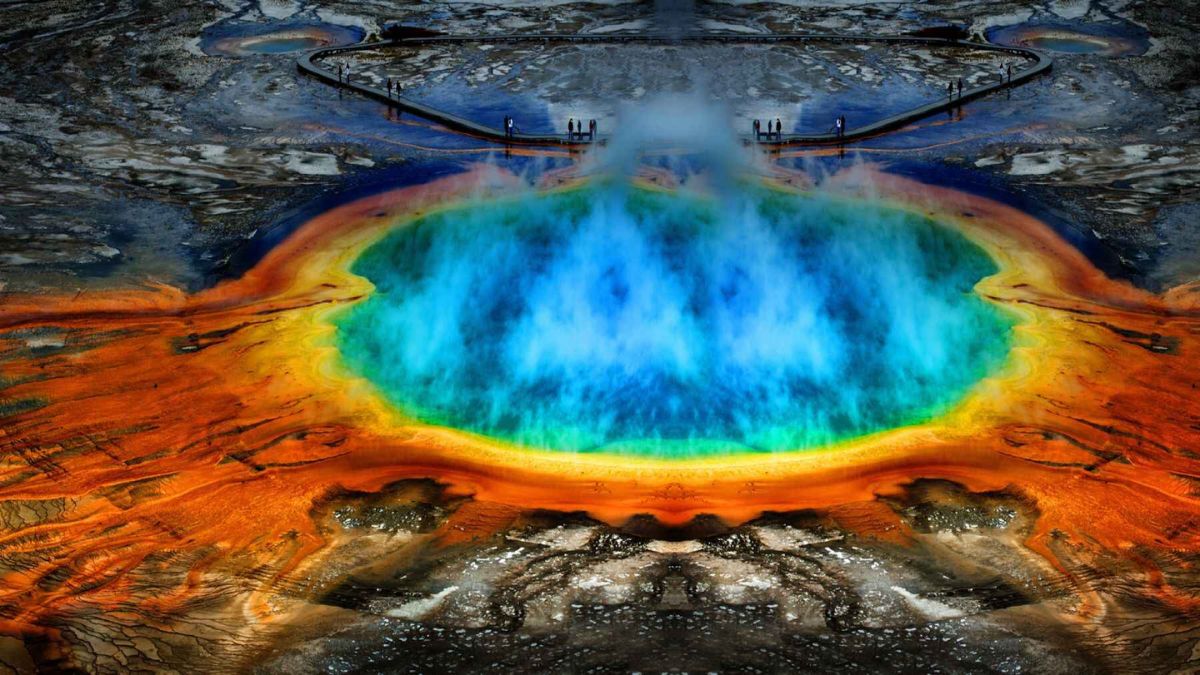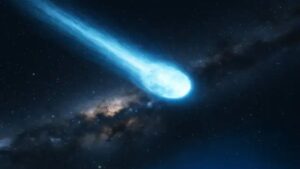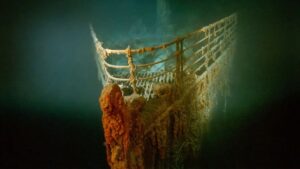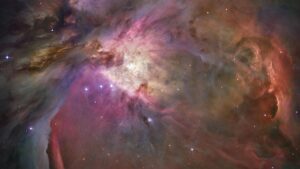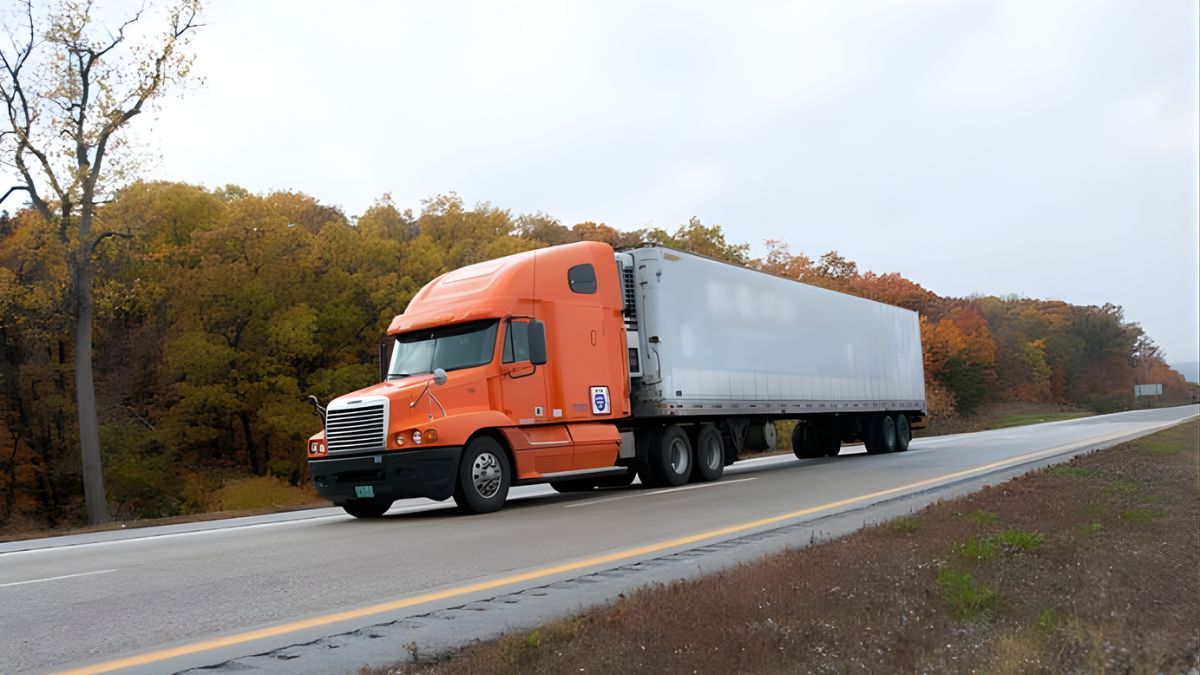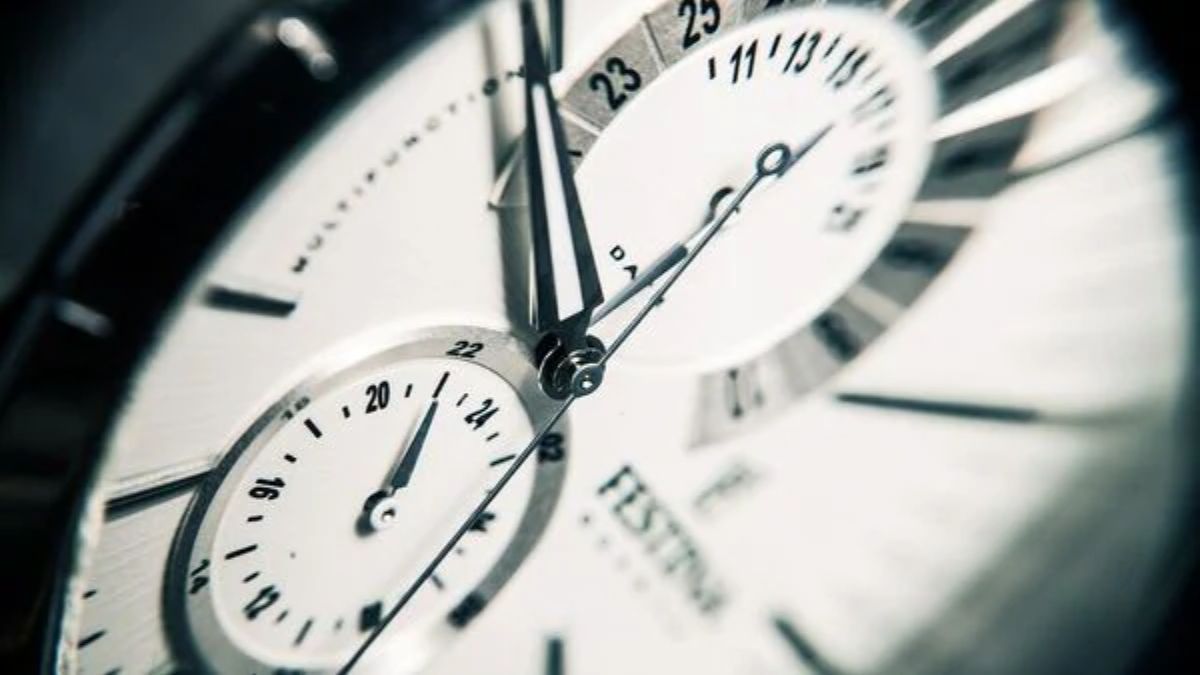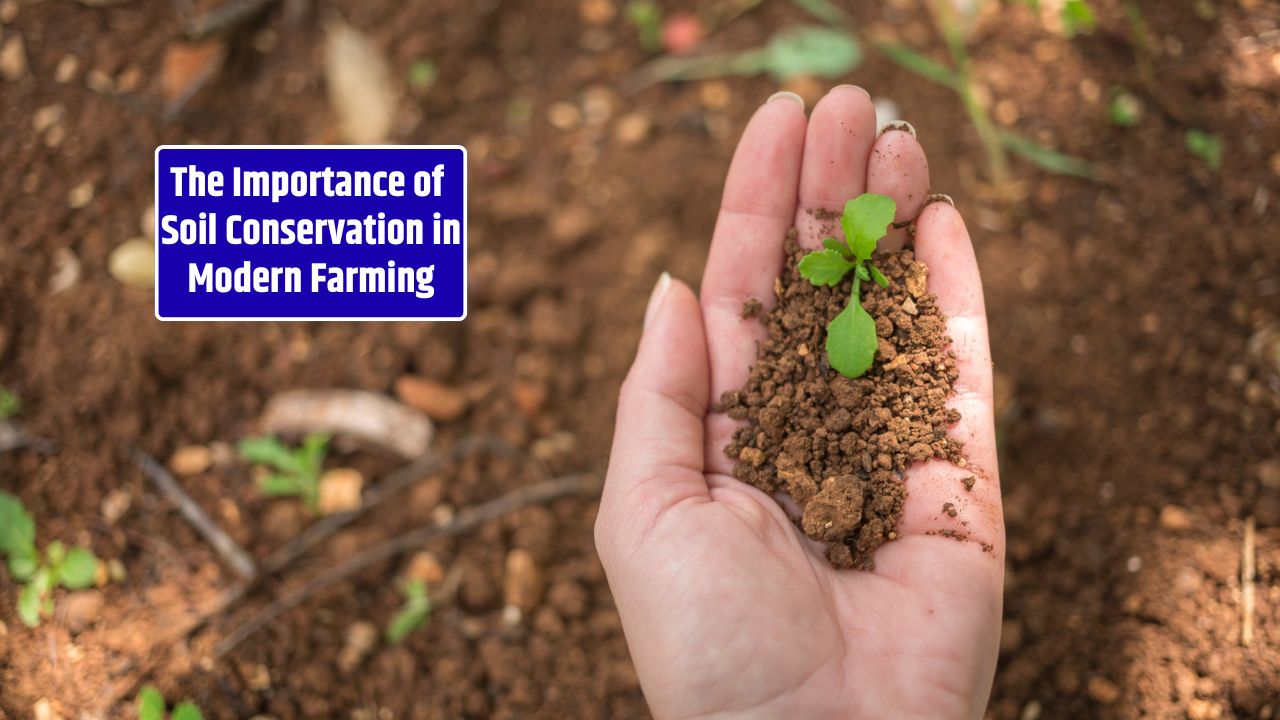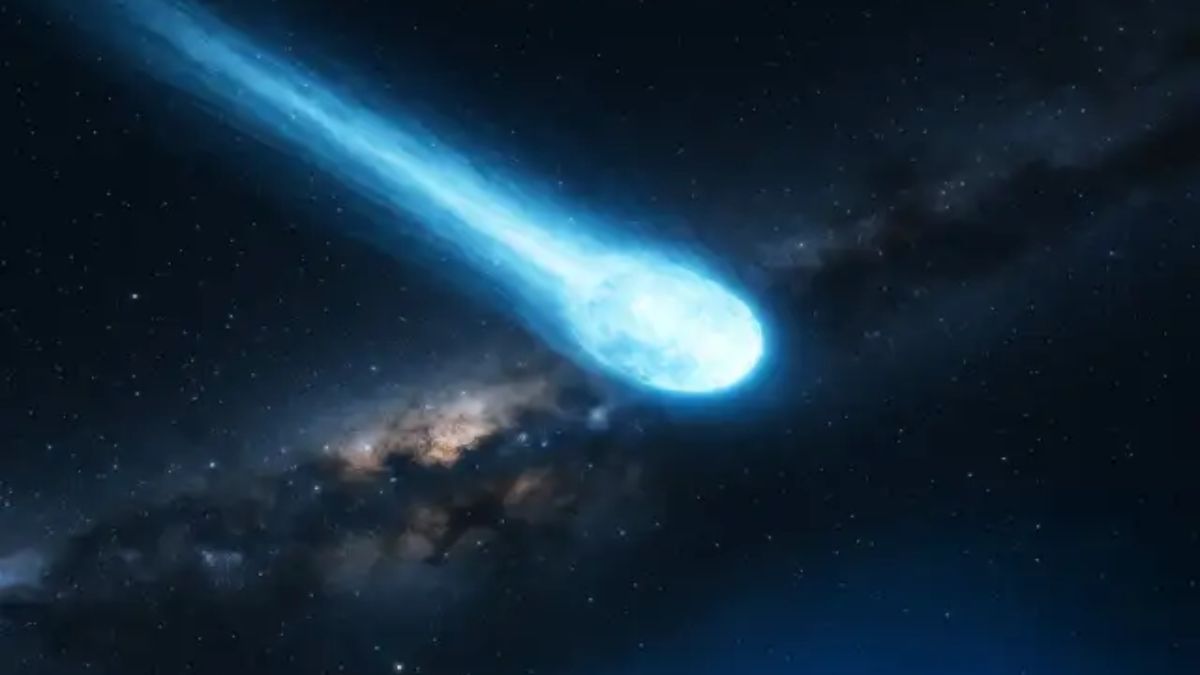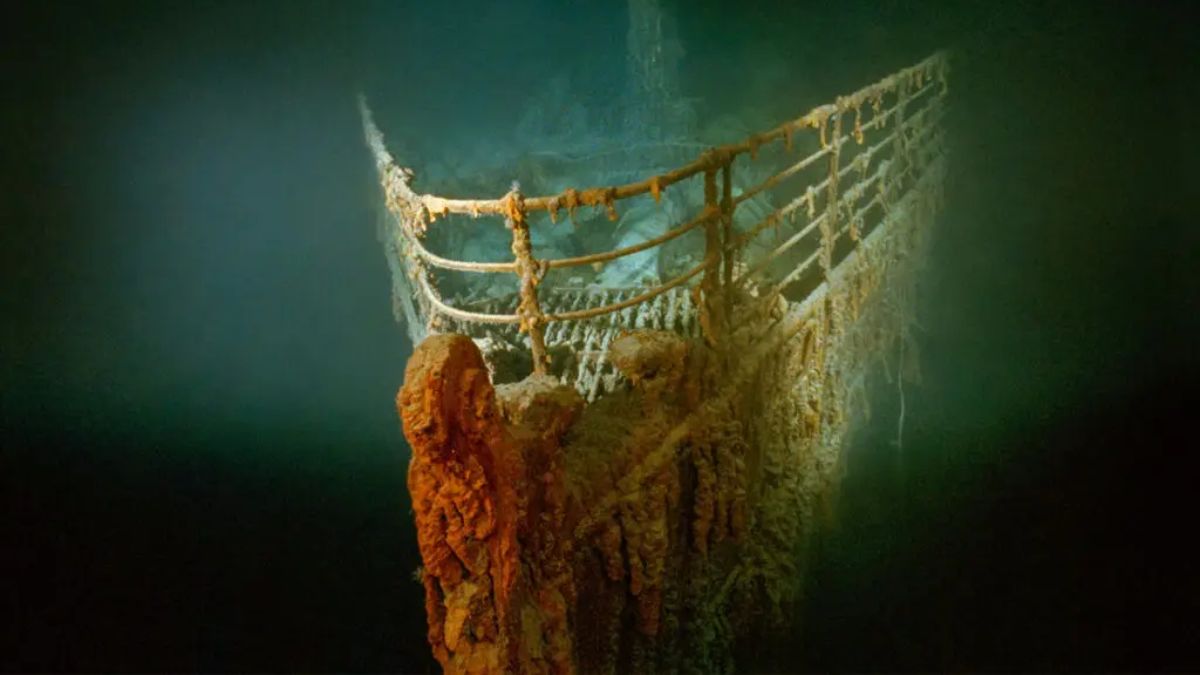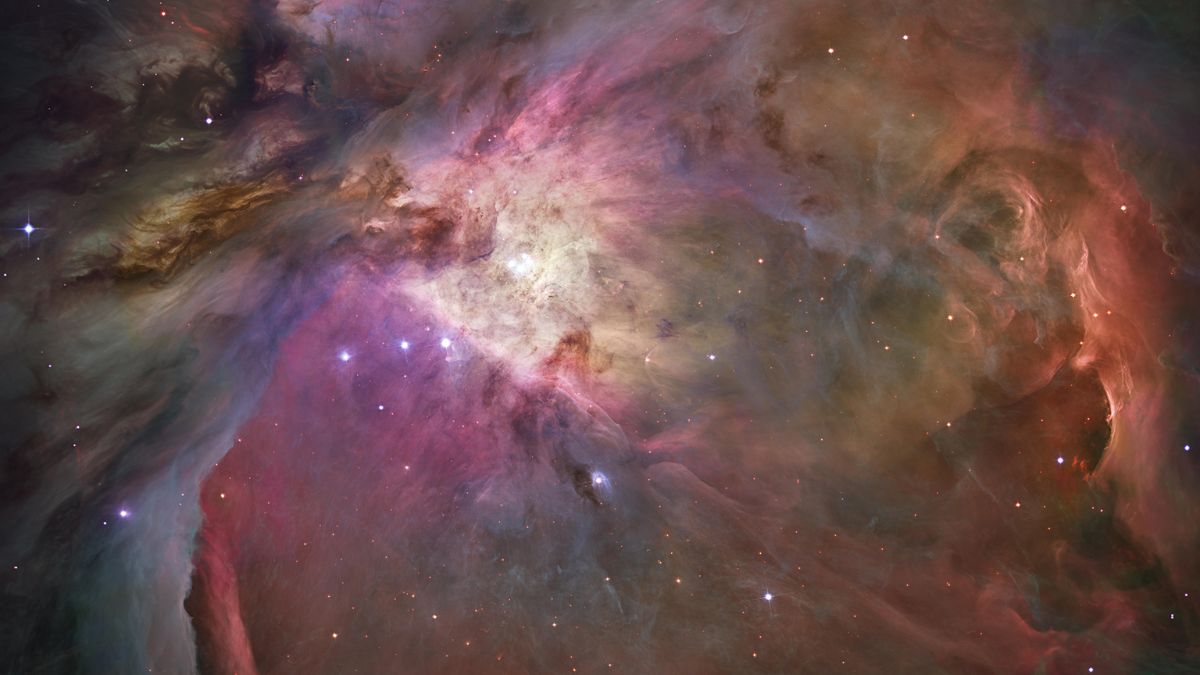Yellowstone has always captured our imaginations with its geysers, bubbling mud pots, and the looming presence of one of the world’s most powerful volcanoes. But what if the real action is happening far beneath the surface—quietly, constantly, and completely unnoticed?
That’s exactly what a new study has uncovered, revealing over 86,000 previously hidden earthquakes under the Yellowstone Caldera, thanks to the power of artificial intelligence.
Swarms
Researchers recently made a surprising discovery using AI-enhanced seismic monitoring: tens of thousands of small earthquakes, called earthquake swarms, had been missed in traditional surveys beneath Yellowstone National Park.
These aren’t your typical ground-shaking events. Instead, they’re micro-earthquakes, sometimes so subtle that humans can’t feel them at all. But they carry massive scientific value. Earthquake swarms usually happen when magma, gas, and hot water move deep within the crust. They’re not signs of an impending eruption—but they do offer clues about what’s happening beneath our feet.
As researcher Yuting Li put it:
“By knowing patterns of seismicity, like earthquake swarms, we can improve safety measures, better inform the public about potential risks, and even guide geothermal energy development away from danger.”
Magma
At the center of all this seismic activity is Yellowstone’s hidden magma layer. It’s a slow-moving, molten underworld that’s shaping the geology of the park. What’s unusual about Yellowstone is that it doesn’t erupt like the lava-spewing volcanoes in Hawaii. Yellowstone’s past and future eruptions would most likely involve rhyolitic lava—thick, sticky, and slow.
Unlike the fluid lava people associate with volcanoes, rhyolitic lava flows like a bulldozer, inching across the landscape like a wall of fire. The last rhyolitic eruption occurred about 70,000 years ago, and even then, it wasn’t the end of the world—it was a slow, deliberate event that left its mark on the land.
And here’s the key point: these eruptions come in clusters, followed by long pauses. Right now, we’re in one of those quiet phases.
Calm
So what’s actually happening at Yellowstone today?
According to the September 2025 report, the volcano is calm—officially classified at normal activity level. But that doesn’t mean nothing’s going on. Here’s what the data shows:
| Activity Type | Details |
|---|---|
| Earthquakes | 94 small quakes detected in August |
| Ground Motion | Land is subsiding (sinking), not swelling |
| Geyser Activity | Steamboat Geyser had only minor eruptions |
| Magma Status | Largely solidified magma chamber |
All signs suggest no immediate threat—but scientists are still watching closely. Every quake, every geyser pulse, every change in ground movement is a piece of the puzzle.
Future
If Yellowstone does erupt again, it probably won’t be the Hollywood-style supereruption. Instead, geologists predict it would be a smaller lava flow, part of a cluster of rhyolitic events. That doesn’t mean it’s harmless—but it’s not the doomsday scenario that many fear.
And this is exactly why this new discovery matters. With 86,000 more seismic events now identified, scientists can fine-tune their models of how Yellowstone behaves. They can better predict what’s normal, what’s changing, and what might indicate a bigger shift in the future.
It’s not just about understanding the volcano for curiosity’s sake. This research also has real-world applications:
- Tourism safety for millions of Yellowstone visitors
- Geothermal project planning, so facilities aren’t built in risky areas
- Emergency preparedness for communities in nearby states
Legacy
So, while Yellowstone rests for now, it’s far from silent. With help from AI and more advanced monitoring tools, we’re finally able to listen to the volcano’s whispers—and what it’s telling us is both fascinating and reassuring.
There may not be lava flowing today, but the ground beneath Yellowstone is full of life. And every tremor is a message from Earth’s ancient heart, waiting for us to interpret it.
FAQs
Is Yellowstone about to erupt?
No, current activity is low and stable.
What are earthquake swarms?
Clusters of small quakes caused by underground fluid movement.
How was the new data discovered?
Using AI to detect previously missed micro-earthquakes.
What type of lava does Yellowstone produce?
Rhyolitic lava—thick, slow, and highly explosive.
Does Yellowstone help with geothermal energy?
Yes, but projects must avoid risky hot zones.

